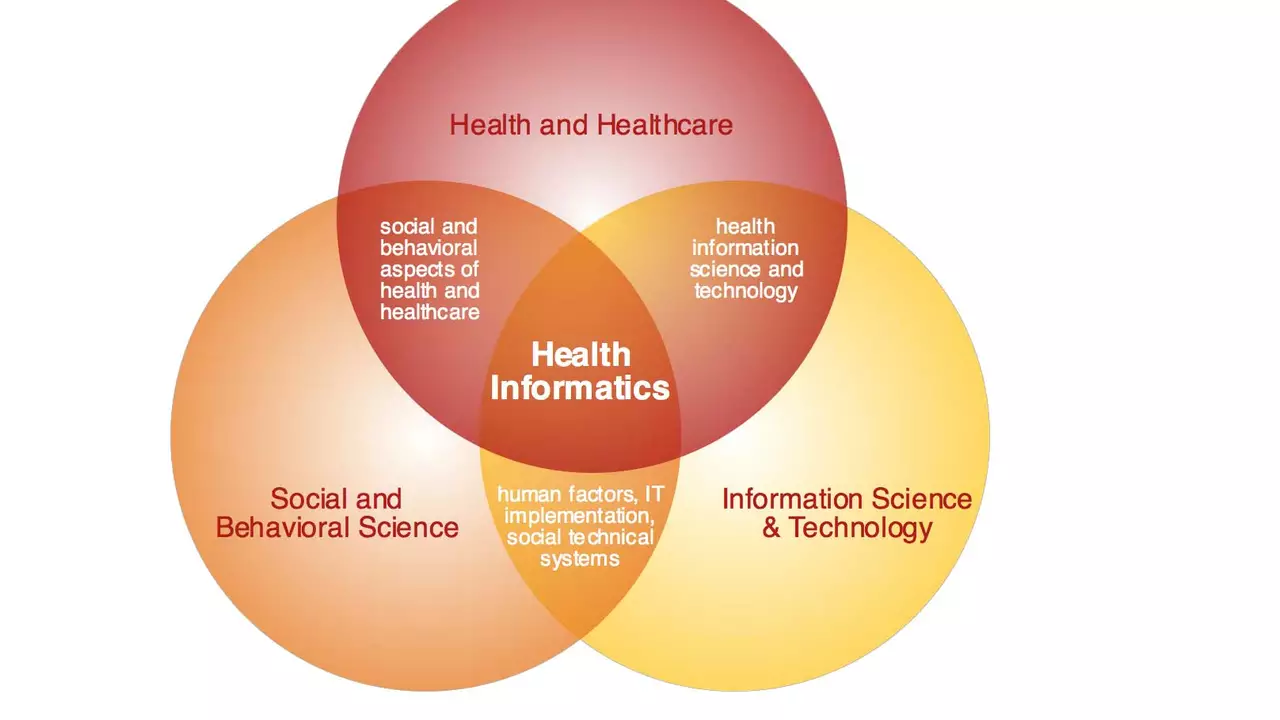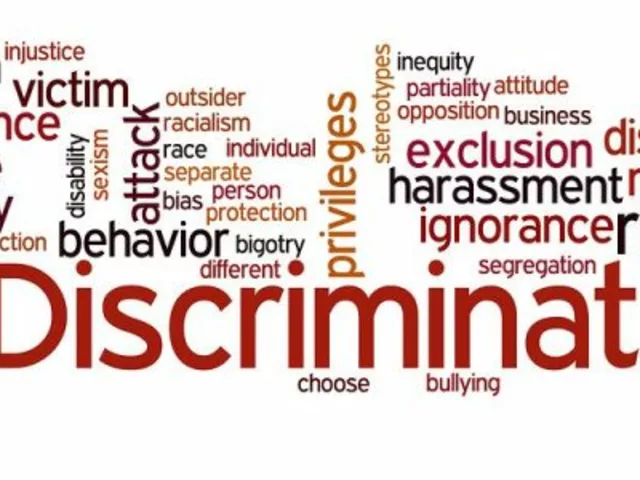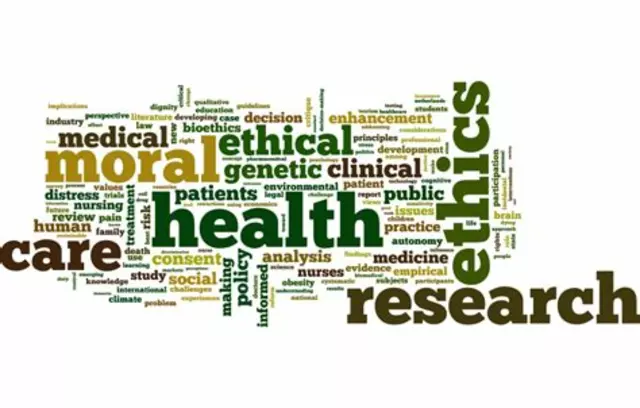Understanding the Basics of a Healthcare System
If you’ve ever sat down and started pondering about the intricacies of a healthcare system, congratulations! You have joined me, Finnegan, and countless others, on the quest for comprehension in this immense universe. Personally, my love for understanding the systems that surround us began when I got my first Lego set as a kid. By jove, how I loved to create and build systems out of seemingly unrelated tiny parts! But now, let’s focus on a system we’re all concerned with - the healthcare system. The healthcare system, in its simplest form, is an organization of people, resources, and institutions designed and established to deliver healthcare services to meet the health needs of targeted populations.
A healthcare system isn't just about treating illnesses; it is a comprehensive cycle that includes preventative measures, advanced research, providing care to the severely sick, educating health professionals, and monitoring health status. It's like an iceberg where we only see the top section (practical care), but beneath lies a colossal structure of research, education, and management.
The Components of a Healthcare System
The healthcare system is a bit like my Aunt Susan’s famous seven-layer cake. Not sure Aunt Susan would appreciate me using her beloved cake as a metaphor but trust me, it's a great representation. Each layer of a healthcare system has its uniqueness and importance, and together, they make the system function effectively. If I consider the healthcare system as Aunt Susan's seven-layer cake, the components are: service delivery, health workforce, health information systems, health system financing, leadership and governance, medical technologies, and access to essential medicines. All of these components should be taken into account for a healthcare system to function effectively, just as a perfect slice of seven-layer cake wouldn’t be the same if it lacked any of its seven layers.
Service Delivery
The service delivery component of a healthcare system, like the chocolate layer in Susan’s cake, is quite possibly the tastiest! In this part of the healthcare system, healthcare providers offer preventative, curative, rehabilitative, and palliative care to individuals. Much like how the decadent crunch of chocolate adds such a delightful experience to the cake, so too does service delivery add significant value to a healthcare system. Bright smiles, comforting words, and most importantly, the professional care delivered by healthcare staff provide an immeasurable boost to the overall patient experience.
Health Workforce
Just as the decadent cheese layer gives Aunt Susan’s cake its irresistibly smooth texture and full-bodied flavour, the health workforce - made up of doctors, nurses, and other healthcare professionals - is the backbone of any healthcare system. In my humble opinion, they are the unsung heroes, providing humanity with an invaluable service. Much more than just the white coat brigade, they are present at every stage of health service, including prevention, diagnosis, treatment, rehabilitation, and palliation. A well-functioning health workforce is one where different health professions work in synchrony, like a well-rehearsed choir singing a beautiful melody.
Health Information Systems
Remember the layer of sweet and tangy raspberry jam in our metaphorical cake? Just as that layer fuses all other flavours together, the health information systems form a vital link between different components of healthcare, ensuring they function in harmony. This underrated layer consists of data collection, processing, and analysis, which are vital for decision-making, monitoring, and evaluation.
Health System Financing
If Aunt Susan’s cake had layers of rich cream and butter (ohh, the calories!), health system financing would be that rich cream layer. It is the indispensable fuel that keeps the health system running smoothly. Health system financing includes how funds are raised, pooled, and allocated to cover the cost of healthcare services. It's buttery, it's creamy, and it ensures the smooth operation of the health system, facilitating accessibility to services for all.
Leadership and Governance
If you consider governance as the structured icing that beautifies and completes the cake, you won't be far from the truth. Leadership and governance are more the refined sugar icing on the top of Aunt Susan’s layered creation. They ensure the whole system functions in an organized and harmonious manner by formulating policies and regulations, establishing strategic vision, and creating accountability frameworks. Without governance and leadership, a healthcare system, much like a cake without icing, would lack coherence and fail to maximize its potential benefits.
Medical Technologies
Medical technologies, the crispy and delightful nutty layer, are those innovative tools and devices which provide new ways to prevent, diagnose, and treat various diseases and health conditions. These technologies can significantly improve the quality and effectiveness of health care provision, making them the hidden crunch in our healthcare cake.
Access to Essential Medicines
Finally, access to essential medicines is the aromatic vanilla essence that adds depth and nuance to Aunt Susan’s cake. Ensuring adequate, affordable, and equitable access to critical medicines and other healthcare products are vital to achieving improved health outcomes. Like the vanilla essence, achieving proper access to medicines can bring a comforting and familiar sense of relief to patients and healthcare providers alike.
In conclusion, understanding healthcare systems can appear complex, just like the process of baking a layered cake. But once we unthread each layer one by one, the picture becomes much clearer. Just as every layer of a cake contributes to the overall delight, every aspect of the healthcare system is crucial to make it function collaboratively for the better health of the population.





